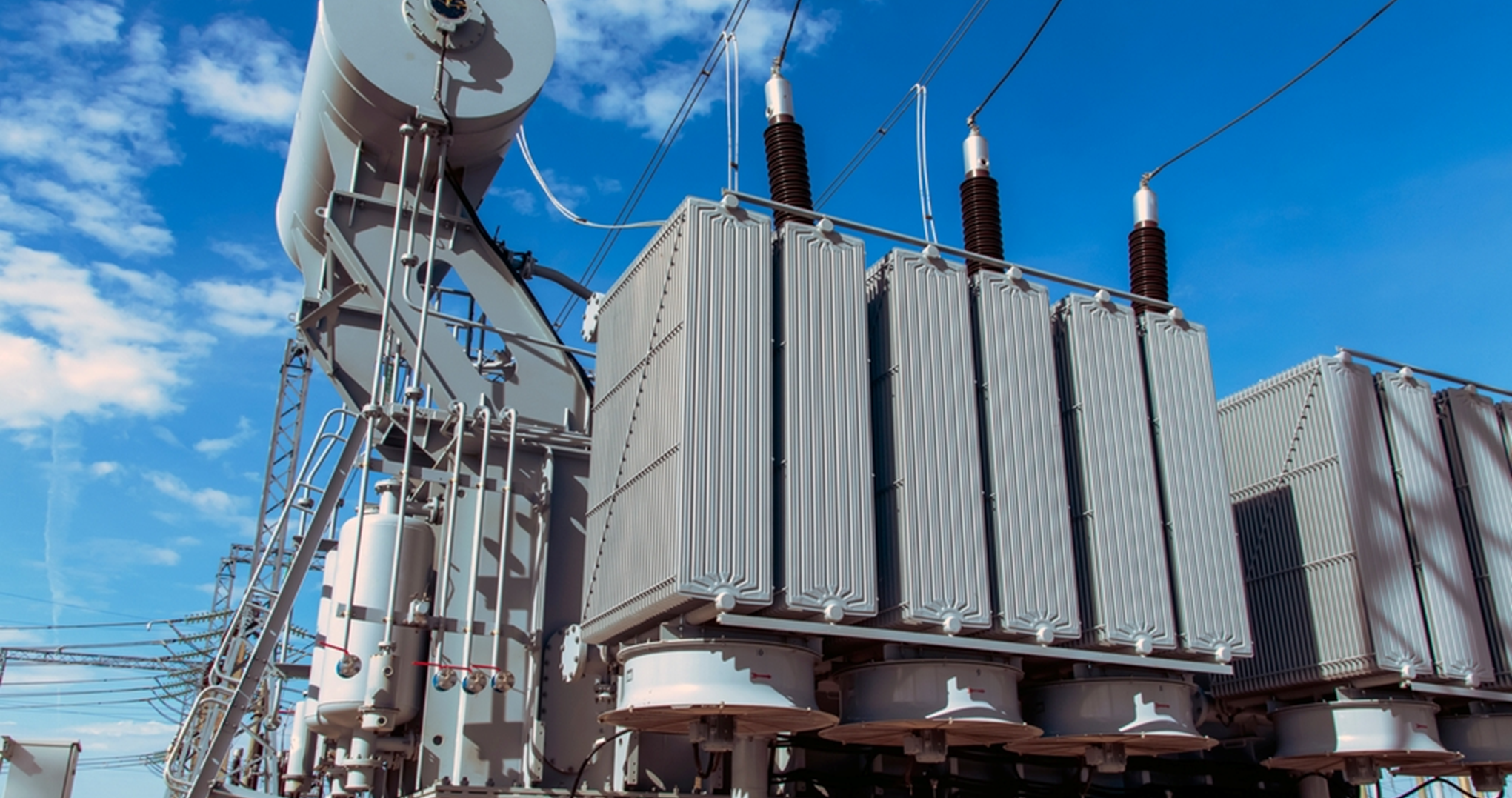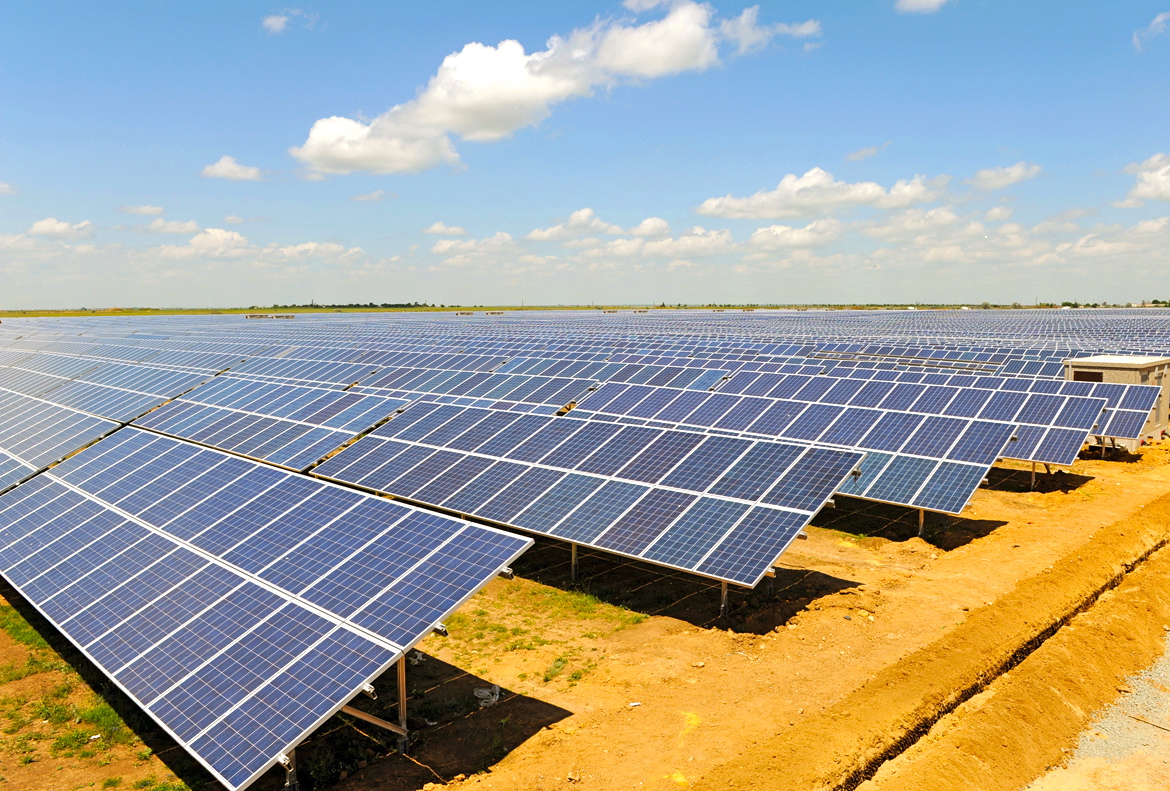India Budget 2023 - Key Features
The Budget adopts the following seven priorities. They complement each other and act as the ‘Saptarishi’ guiding the nation through the Amrit Kaal:
Inclusive Development Reaching the Last MileInfrastructure and InvestmentUnleashing the PotentialGreen GrowthYouth PowerFinancial Sector
India Budget 2023 - Key Highlights
Priority 1: Inclusive Development
Digital public infrastructure for agriculture will be built as an open source, open standard, and interoperable public good. This will enable inclusive, farmer-centric solutions through relevant information services for crop planning and health, improved access to farm inputs, credit, and insurance, help for crop estimation, market intelligence, and support for growth of agri-tech industry and start-ups.An Agriculture Accelerator Fund will be set-up to encourage agri startups by young entrepreneurs in rural areas.
To enhance the productivity of extra-long staple cotton, a cluster-based and value chain approach through Public Private Partnerships (PPP) shall be adopted.
Atmanirbhar Clean Plant Program to boost the availability of disease-free, quality planting material for high-value horticultural crops at an outlay of INR 2,200 crore.
Support to making India a Global Hub for Millets: 'Shree Anna'.The agriculture credit target will be increased to INR 20 lakh crore with a focus on animal husbandry, dairy, and fisheries.One hundred and fifty-seven new nursing colleges will be established in co-location with the existing 157 medical colleges established since 2014.A Mission to eliminate Sickle Cell Anaemia by 2047 will be launched.
A National Digital Library for children and adolescents will be set-up for facilitating the availability of quality books across geographies, languages, genres and levels, and device-agnostic accessibility.
Priority 2: Reaching the Last Mile
In the next three years, centre will recruit 38,800 teachers and support staff for the 740 Eklavya Model Residential Schools, serving 3.5 lakh tribal students.The outlay for PM Awas Yojana is being enhanced by 66 percent to over INR 79,000 crore.In the drought-prone central region of Karnataka, central assistance of INR 5,300 crore will be given to Upper Bhadra Project to provide sustainable micro irrigation and filling up of surface tanks for drinking water.
Priority 3: Infrastructure & Investment
Capital investment outlay is being increased steeply for the third year in a row by 33 percent to INR 10 lakh crore, which would be 3.3 percent of GDP. This will be almost three times the outlay in 2019-20.The ‘Effective Capital Expenditure’ of the Centre is budgeted at INR 13.7 lakh crore, which will be 4.5 percent of the GDP.The 50-year interest free loan to state governments extended for one more year to spur investment in infrastructure and to incentivize the states for complementary policy actions, with a significantly enhanced outlay of INR 1.3 lakh crore.
The newly established Infrastructure Finance Secretariat will assist all stakeholders for more private investment in infrastructure, including railways, roads, urban infrastructure and power, which are predominantly dependent on public resources.
A capital outlay of INR 2.40 lakh crore has been provided for the Railways. This highest-ever outlay is about 9 times the outlay made in 2013-14. 100 critical transport infrastructure projects, for last and first-mile connectivity for ports, coal, steel, fertilizer, and food grains sectors have been identified. They will be taken up on priority with an investment of INR 75,000 crore, including INR 15,000 crore from private sources.Fifty additional airports, heliports, water aerodromes and advance landing grounds will be revived for improving regional air connectivity.Like the RIDF, an Urban Infrastructure Development Fund (UIDF) will be established through the use of priority sector lending shortfall.All cities and towns will be enabled for 100 percent mechanical desludging of septic tanks and sewers to transition from manhole to machine-hole mode. The enhanced focus will be provided for the scientific management of dry and wet waste.
Priority 4: Unleashing the Potential
For realizing the vision of “Make AI in India and Make AI work for India”, three centres of excellence for Artificial Intelligence will be set up in top educational institutions.
To unleash innovation and research by start-ups and academia, a National Data Governance Policy will be brought out. This will enable access to anonymized data.
The PAN will be used as the common identifier for all digital systems of specified government agencies.
Vivad se Vishwas I: In cases of failure by MSMEs to execute contracts during the COVID period, 95 percent of the forfeited amount relating to bid or performance security, will be returned to them by government and government undertakings.Vivad se Vishwas II: To settle contractual disputes of government and government undertakings, wherein arbitral award is under challenge in a court, a voluntary settlement scheme with standardized terms will be introduced.
5G Services: One hundred labs for developing applications using 5G services will be set up in engineering institutions to realize a new range of opportunities, business models, and employment potentialLab Grown Diamonds: Lab Grown Diamonds (LGD) is a technology and innovation-driven emerging sector with high employment potential. These environment-friendly diamonds which have optically and chemically the same properties as natural diamonds. To encourage indigenous production of LGD seeds and machines and to reduce import dependency, a research and development grant will be provided to one of the IITs for five years.
Priority 5: Green Growth
India is moving forward firmly for the ‘panchamrit’ and net-zero carbon emission by 2070 to usher in green industrial and economic transition.
Green Hydrogen Mission: The recently launched National Green Hydrogen Mission, with an outlay of INR 19,700 crores, will facilitate the transition of the economy to low carbon intensity, reduce dependence on fossil fuel imports, and make the country assume technology and market leadership in this sunrise sector. The target is to reach an annual production of 5 MMT by 2030. Energy Transition: INR 35,000 crore for priority capital investments towards energy transition and net zero objectives, and energy security by the Ministry of Petroleum & Natural Gas.Energy Storage Projects: Battery Energy Storage Systems with a capacity of 4,000 MWH will be supported with Viability Gap Funding.Renewable Energy Evacuation: The Inter-state transmission system for evacuation and grid integration of 13 GW renewable energy from Ladakh will be constructed with an investment of INR 20,700 crore including central support of INR 8,300 crore.For encouraging behavioral change, a Green Credit Programme will be notified under the Environment (Protection) Act.
GOBARdhan Scheme: 500 new ‘waste to wealth’ plants under GOBARdhan (Galvanizing Organic Bio-Agro Resources Dhan) scheme will be established for promoting a circular economy. These will include 200 compressed biogas (CBG) plants, including 75 plants in urban areas, and 300 community or cluster-based plants at a total investment of INR 10,000 crore.Building
on India’s success in afforestation, ‘Mangrove Initiative for Shoreline
Habitats & Tangible Incomes’, MISHTI, will be taken up for mangrove
plantation along the coastline and on saltpan lands, wherever feasible.
Coastal shipping will be promoted as the energy-efficient and lower-cost mode of transport, both for passengers and freight, through PPP mode with viability gap funding.
Adequate funds to scrap old vehicles of the Central Government. States will also be supported in replacing old vehicles and ambulances.
Priority 6: Youth Power
Pradhan Mantri Kaushal Vikas Yojana 4.0 will be launched to skill lakhs of youth within the next three years. The scheme will also cover new-age courses for Industry 4.0 like coding, AI, robotics, mechatronics, IOT, 3D printing, drones, and soft skills. To skill the youth for international opportunities, 30 Skill India International Centres will be set up across different states.
National Apprenticeship Promotion Scheme: To provide stipend support to 47 lakh youth in three years, Direct Benefit Transfer under a pan-India National Apprenticeship Promotion Scheme will be rolled out.States will be encouraged to set up a Unity Mall in their state capital or most prominent tourism centre or the financial capital for the promotion and sale of their own ODOPs (one district, one product), GI products and other handicraft products, and for providing space for such products of all other states.
Priority 7: Financial Sector
A national financial information registry will be set up to serve as the central repository of financial and ancillary information.
For countries looking for digital continuity solutions, the government shall facilitate the setting up of the Data Embassies in GIFT IFSC.The maximum deposit limit for Senior Citizen Savings Scheme will be enhanced from INR 15 Lakh to INR 30 Lakh.For FY 2023-24 the total receipts other than borrowings and the total expenditure are estimated at INR 27.2 lakh crore and INR 45 lakh crore respectively. The net tax receipts are estimated at INR 23.3 lakh crore.The fiscal deficit is estimated to be 5.9 percent of the GDP.To avoid cascading of taxes on blended compressed natural gas the excise duty on GST-paid
compressed biogas contained in it is exempted. To further provide impetus to green mobility, customs duty exemption is being extended to the import of capital goods and machinery required for the manufacture of lithium-ion cells for batteries used in electric vehicles.Proposal to increase the rebate limit to INR 7 lakh in the new tax regime. Thus, persons in the new tax regime, with income up to INR 7 lakh will not have to pay any tax.Credit guarantee for MSMEs: INR 9000 Cr infusion in the corpus from 1st April 2023.






